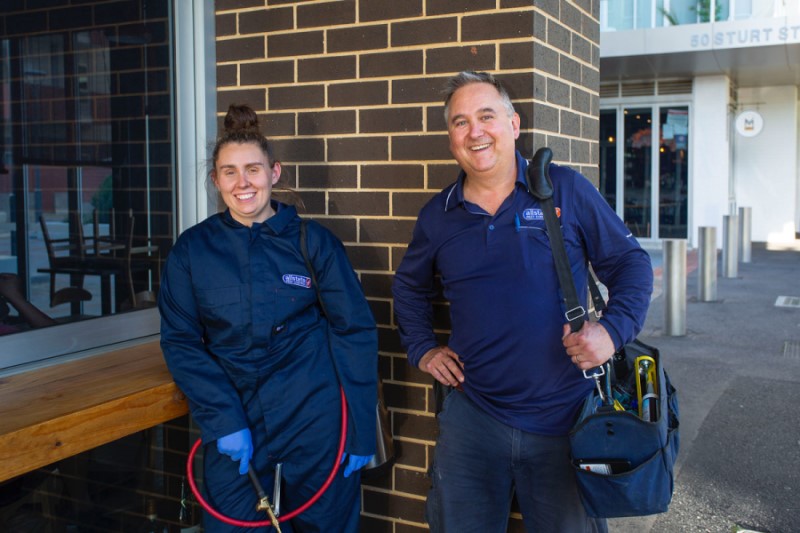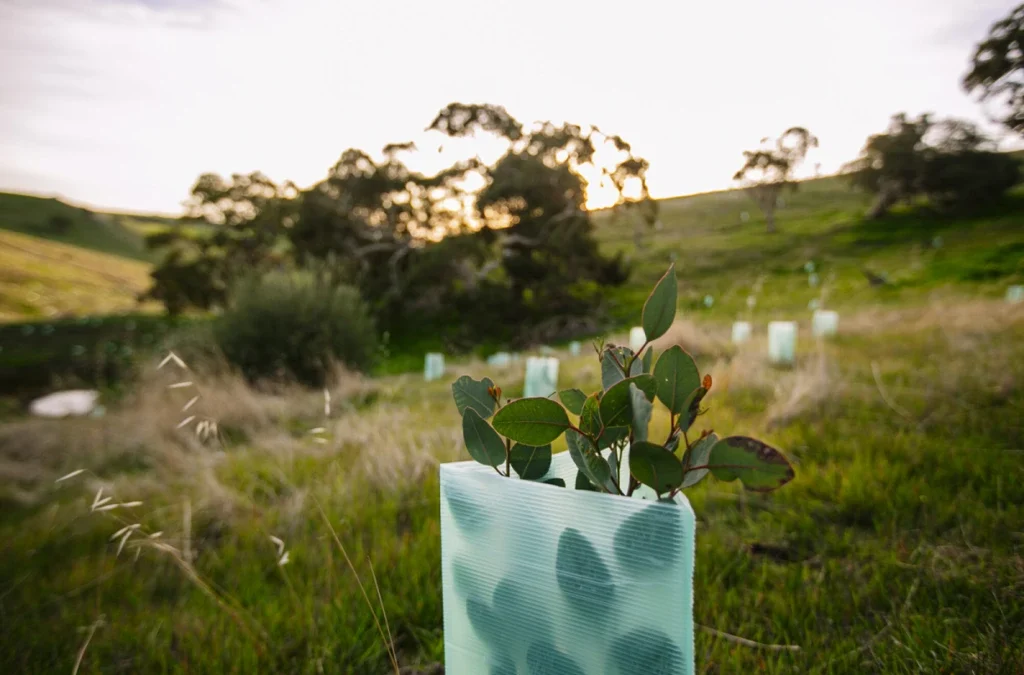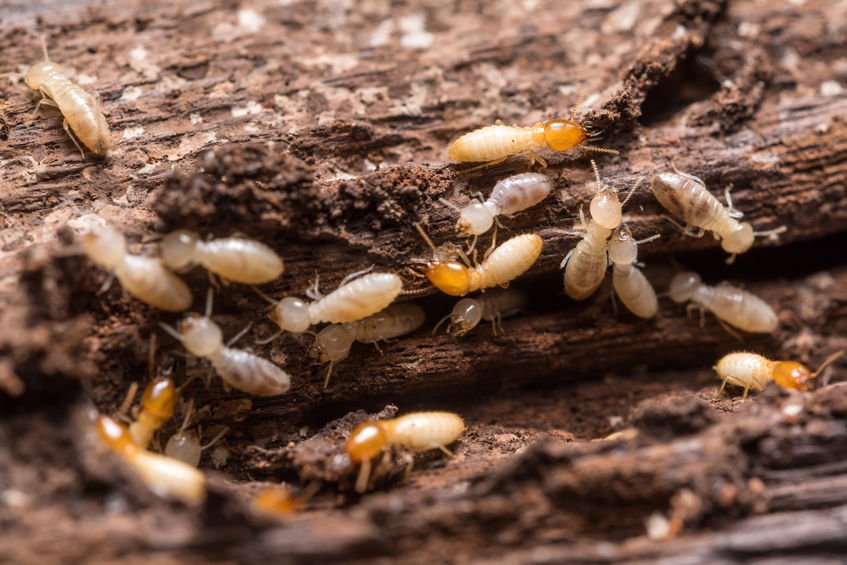If it matters to the customer, it matters to us
What’s in a value?
Exploring the Beliefs and Philosophies Behind Allstate’s Success
At Allstate we have always been proud of punching above our weight. In a market dominated by multinationals, we’ve led the way in industry innovations, chaired international pest management coalitions, and have accelerated our growth to become the largest family-owned pest business in Australia.
However what we’re most proud of is the engaged and inclusive culture that we have created during our pursuit of excellence.
In this series we explore the values that have driven our success, through the eyes of the team who make us who we are.
If it matters to the customer, it matters to us
“For me it’s about following through – keeping at the problem until it’s sorted,” says Allstate pest technician Murray <surname>. “At the end of the day, you’re dealing with someone’s home which is their biggest asset, so you want to make sure you get the job done properly.”
At Allstate, one of our keys to success is always keeping the customer front of mind, and that means that whatever they care about, we need to care about too. As <role> Shane <surname> explains, “customer satisfaction is what we always aim for, and it’s the most important thing we can do to help the business grow.”
It comes back to honesty
“I believe the best thing we can do for our customers is to be honest and always do the right thing by them,” says <position> Dave <surname>. “When we’re honest in our communication, we can make sure we always meet or exceed expectations.”
As <position> Mikaela <surname> explains, “Being customer focused means always doing what we say we’re going to do, and this is from the top of the organisation all the way down.”
When the ‘extra mile’ doesn’t feel so ‘extra’
Many companies talk about going the extra mile, but for us it’s just what we do.
“The bar is set high, but we’re always pushing to meet and go above the standards we’ve given ourselves,” says <position> Adam <surname>. “I feel we do excellence in our service really well.”
One of the ways in which we deliver extra value for our customers is educating them on why they’ve experienced a pest problem and how they can prevent it in future. As Dave points out: “People appreciate us taking the time to explain things to them.”
Taking on feedback
If there’s something we’ve learned over the last 35+ years, it’s that we should never assume what matters to our customers, and instead actually ask them what they want.
For many years, our customers provided anecdotal feedback and ideas, but we had no formal way of capturing this. In 2021 we developed a quality management system that enabled our team to capture this feedback in real time, and make it easy for them to use this data to put forward ideas of their own.
This has enabled our team, who care so much about the customer experience, to design and pitch improvements to our service that our customers genuinely care about.
Happy customers begin with a happy team
While it may sound like an overused platitude, positivity plays a crucial role in making sure our customers are happy. It’s an attitude we also cultivate in our interactions with each other and suppliers, ultimately means that customers receive a warm experience.
“I believe that one of our team’s strongest attributes is our positive mentality,” says Construction Manager Aaron Thompson. “It’s just not part of our culture to degrade or be disparaging. Our positivity is what makes us a close-knit team who genuinely have each others’ – and our customers’ – best interests at heart.”
Caring about the same thing as our customers hasn’t just been about our reputation, but has created a stronger and happier team. And it’s a value we have prioritised since our humble beginnings in the 1980s.
Allstate’s second-generation CEO Vasili Tsoutouras sums it up best: “I can’t remember a time where my dad would say, ‘Ah, stuff the customer, it’s about the money.’ It’s never been just about the money. At the end of the day, it comes back to the people. I wouldn’t be able to go home and put my head to my pillow each night unless I was confident we had satisfied the needs of our customers.”




















